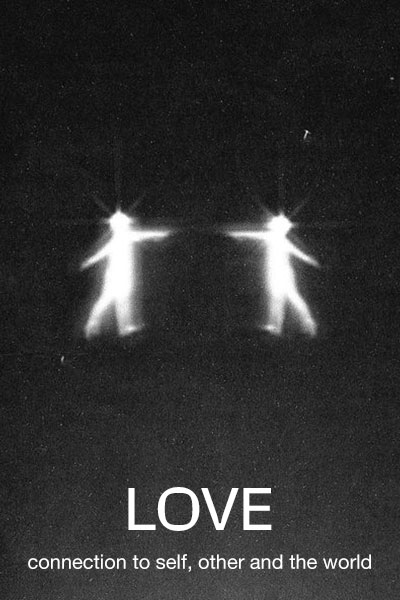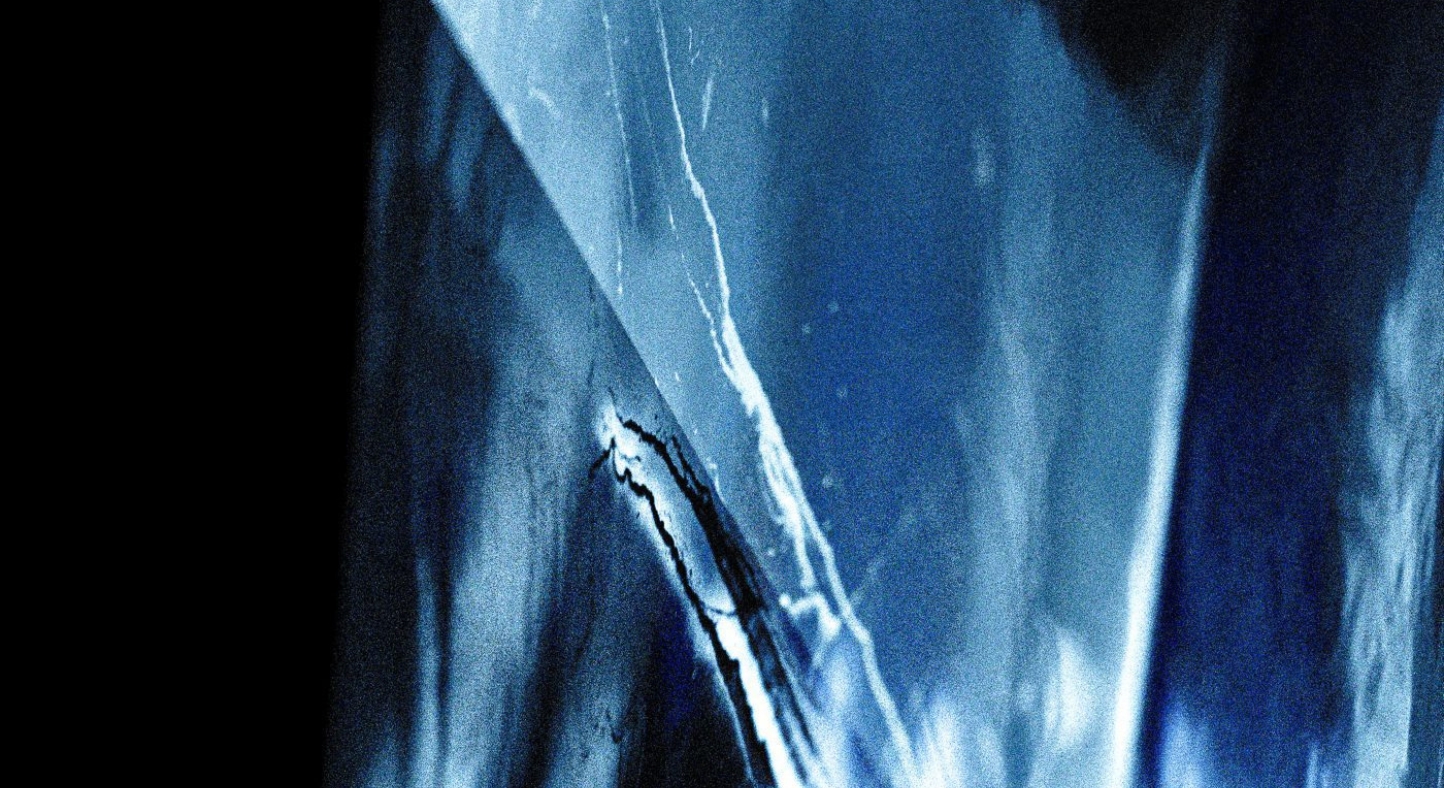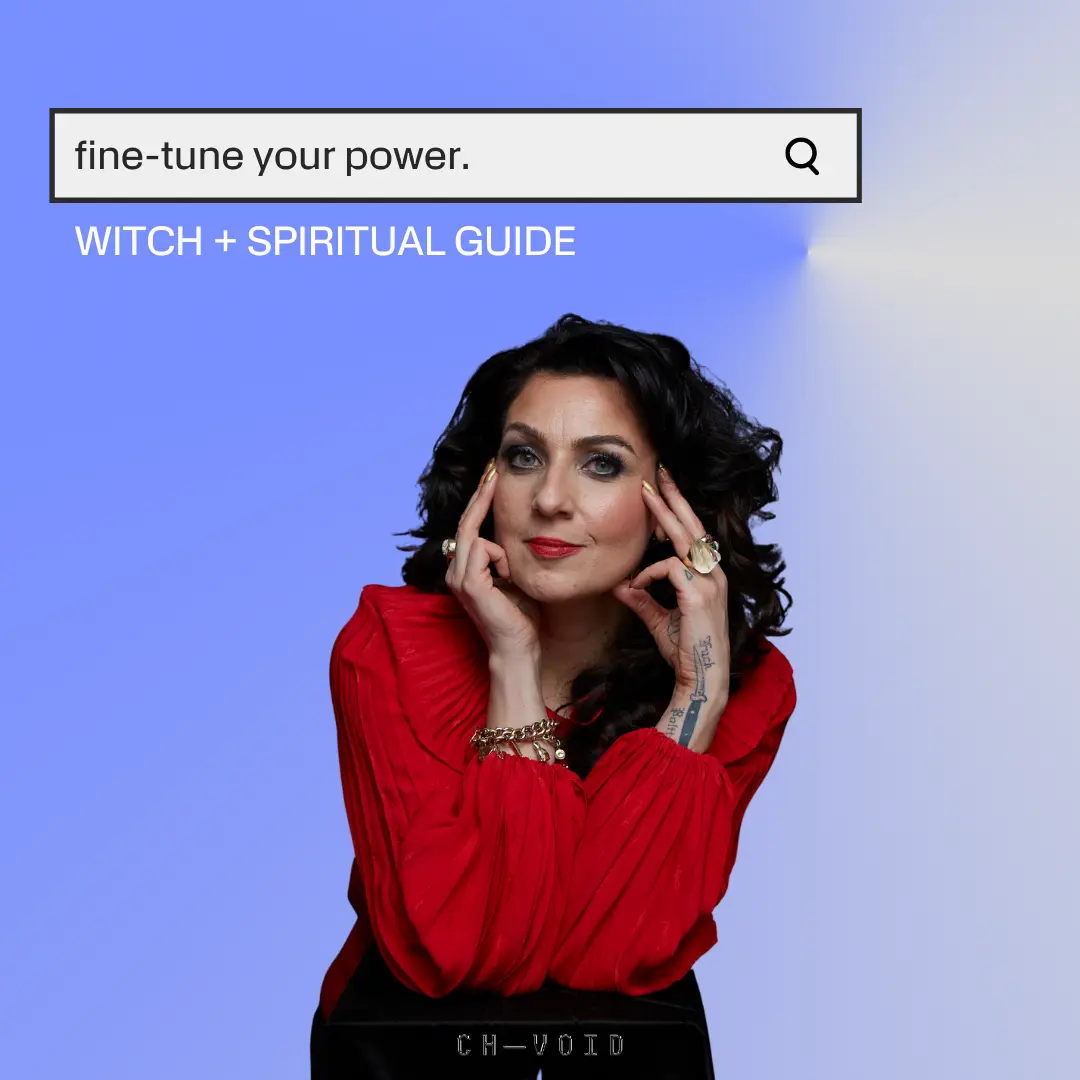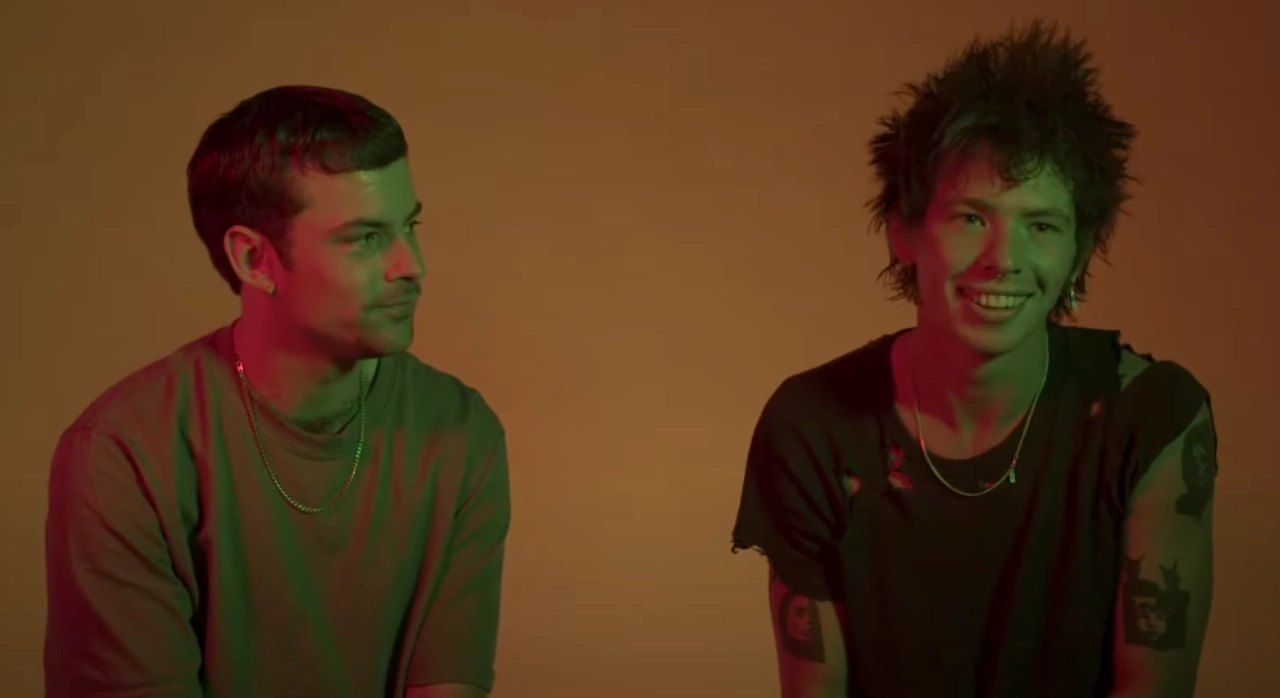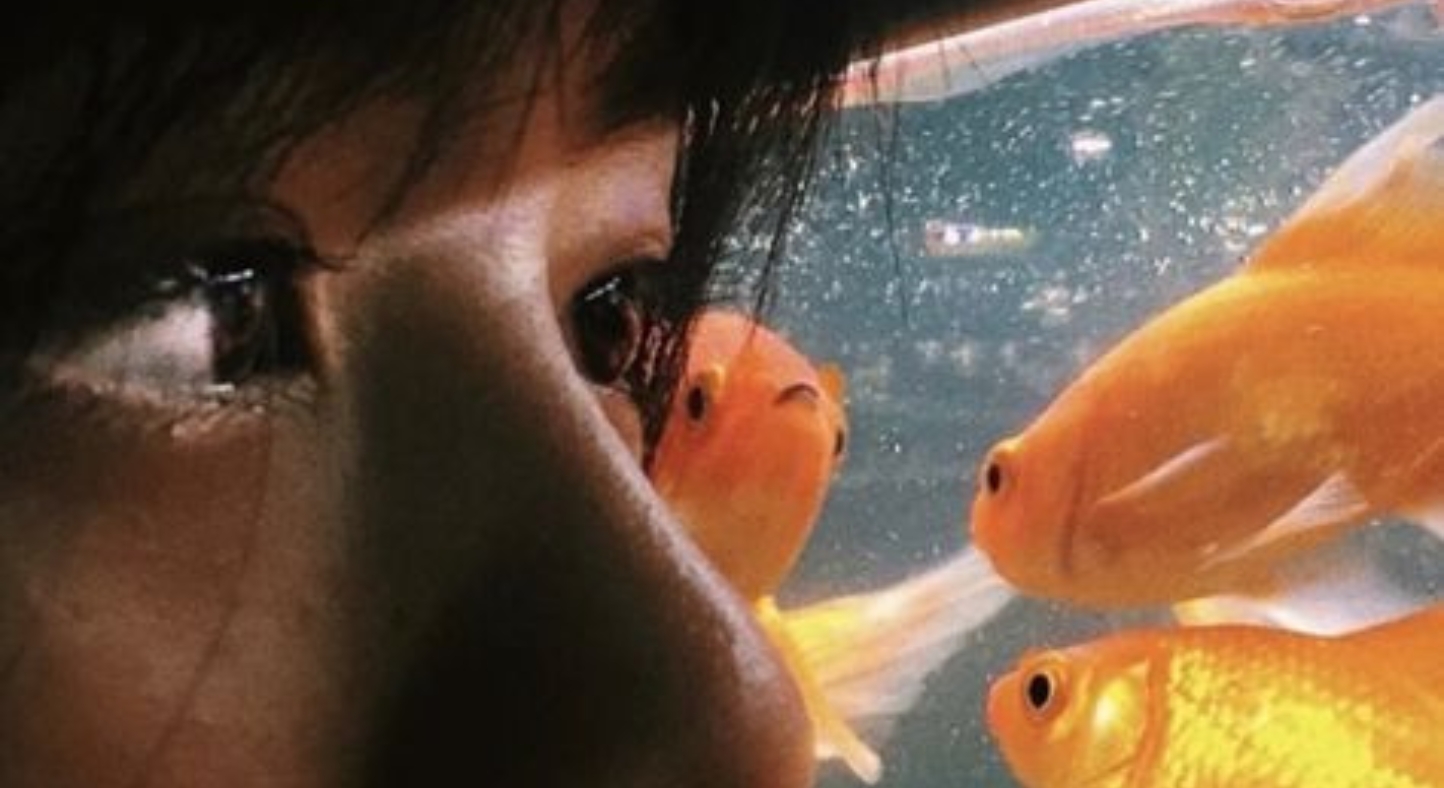What the fuck are NFTs?
BEYOND THE SCENE OF HOROSCOPE COCKTAILS AND AVANT-GARDE TECHNO
Ah, NFTs – 2021’s digital playground for progressive artists, insider trading, and the “I’m in it for the tech” guys who aren’t so much in it for the tech as they are a quick buck. I’m sure by now, you’ve heard the buzzword being floated by a friend of a friend as the next big thing. However, let’s dive a little deeper into the rabbit hole and look beyond the economic incentives before we go shopping.
‘NFT’ is an acronym for non-fungible token. If that’s not any clearer (which it probably isn’t), then we can boil it down to these tokens not being able to be substituted, subdivided or duplicated – ever. It’s easier to think of these as unique artworks, rather than a token representing a share in a business. Your digital asset is one of one and there is no other like it (even if it looks pretty much the same as every other 8-bit pixel character). These tokens can take many shapes and sizes: artwork, soundscapes, music pieces and video game accessories, domain names and dank memes. However, the ones most will be familiar with are profile-picture type collections like CryptoPunks and Bored Ape Yacht Club. While NFTs draw many similarities to cryptocurrencies, they are also vastly different. Both leverage blockchain technology as a digital ledger for transactions of their series of numbers and letters, but serve vastly different purposes and attract quite a different crowd.
In layman’s terms, or as close as I can get it, cryptocurrency tokens serve a purpose as mediums of exchange or represent a share in the ownership of a business. These tokens are one of many, and as long as they are the same type of cryptocurrency (i.e. Bitcoin, Ethereum), you wouldn’t be able to tell the difference between tokens you’ve bought and sold between one day and the next. It’s a bit like grains of rice: you don’t care which ones you put in the pot when you’re just hungry, they all taste the same.
NFTs, on the other hand, are completely unique and derive value from their ability to be distinguished amongst the crowd. If we want to look beyond the face value of the artworks themselves, each can be identified by its own unique token ID in the smart contract (automatically executed contract – hence the smart).
Why the F@#% are these little doodles selling for so much, and why can’t I just copypasta it?
– Nice one, genius. Guess you just sleuthed a multi-billion dollar industry…
Honestly, the copy-paste argument probably came out of my mouth more times than I’d like to admit. But hey, what’s a few life-changing opportunities missed to ignorance, right?
All jokes aside, it’s a great question. The simplest answer I can provide is: if you can’t prove that your copy-pasted doppelganger was purchased on-chain, then it’s back to square one of your get rich quick schematics.
From what I’ve seen over the last few months at least, these assets can derive value from all sorts of communities. Outside of my own trading for a quick profit, which has offered mediocre results at best, people will buy and hold NFTs for several reasons. Some are seen as status symbols (think designated profile picture for socials) or collector’s items, while others might be gamers purchasing assets to play in-game, or general art enthusiasts bridging over to the digital world.
Honestly, I think we’re still yet to see the mass adoption of NFTs by existing traditional artists. People fear what they don’t understand, and with all the complex jargon thrown around, I can see why it might take a little while until we get there. There are, however, some amazing pieces being featured by legitimate artists already, and I would recommend visiting curated marketplaces like Foundation to see the full extent of what’s possible in the digital art space.
To give you an idea of the buying power within the NFT community, CryptoPunks have taken their place as the golden boy of NFTs. While minted for presumably only a few dollars in June of 2017, some of these assets possessing rarer traits have sold for millions, and none currently sell for less than several hundred thousand dollars.
As with a large percentage of the parabolic price increases we’ve seen recently, the success of CryptoPunks can be credited to the backing of various respected players in the community. And as FOMO becomes more prevalent in speculating on assets, this can cause a chain reaction of increasingly expensive ticket prices. Sure, these probably aren’t worth more than your lunch to recreate on paper, but they do hold an inherent intrinsic value that can be difficult to appraise with traditional metrics.
So, you might be thinking, holy shit. It’s a no-brainer to hop on this train then, right?
Well, not exactly. A good majority of digital assets outside of the ‘blue chips’ or well-established projects (any traditional finance bro will see this term applied to NFT’s as a laughable offence), will end up illiquid after the hype dies down. You might get lucky and have someone who will be willing to buy it from you at pennies to the dollar of what you paid for it. (Pro tip: don’t sell your kidneys to buy NFT’s. There won’t always be someone willing to buy that one of ten thousand, randomly generated penguin that you FOMO bought with a loan from Mum and Dad.)
There is also a dark side to speculating on these assets, so if I had to provide any piece of non-financial advice for the majority, it would be this: if you’re looking to enter the market, just purchase a few that you like and would be happy to hold if you couldn’t sell it – as that very well could end up the case. (Or… contact me and we can lose our money side-by-side. Apes strong together!)
So, all up, add an 8-bit pixel character, a pinch of community engagement, sprinkle some rare traits and a smidgen of lucrative opportunities, and you’ve got yourself a nice little non-fungible brew. Do I think they will defy the no-coiners and TradFi bros calling the next big bubble, and take their non-fungible place alongside traditional forms of artwork to stand the test of time?
Does a bear shit in the woods?







